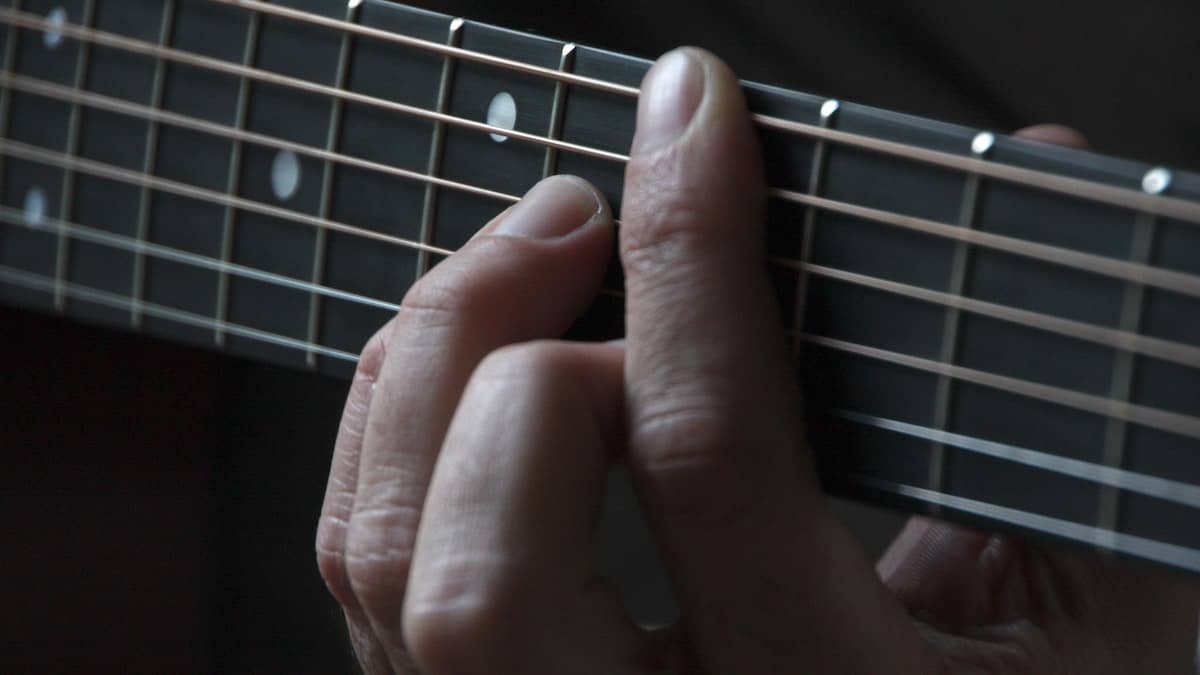Jazz Guitar Lessons
How To Play Rhythm Changes Using Small Chord Voicings

In this Jazz Guitar Today lesson, Vince Lewis takes a look at some alternatives to the larger shapes and fingerboard shifts – making it easier to stay “up to speed.”
There are times when every player finds themselves a little intimidated by the tempo of a tune. This can happen just as often when playing chord accompaniment as feeling rushed to play fast single-note lines.
I am using the often used chord progression from the Gershwin tune “I Got Rhythm.” In this topic, we will take a look at some alternatives to the larger shapes and fingerboard shifts that make life much easier to stay “up to speed.”
We will be in the original key of Bb Major and the partials presented here will be more than filled out with the supporting lines from a bass player. This is also a useful technique to fill out and extend the basic chords used by less knowledgeable keyboard players and guitarists. I have found that when I play small clusters to extend and fill the sound of simpler chords being played by vocalist/guitarists and less creative keyboard players that the group will sound much more solid overall. This approach leaves room for basic harmonies to be underneath and still allow for fun and creative movement by more advanced musicians without getting in the way or clashing harmonically.
I have used chord substitutions as well as alterations and extensions in order to give more harmonic movement while still staying close to the basic chord progression. In several cases, the root is not present but no worries, the tonality is still clearly heard. The examples are given here as half and whole notes, but feel free to syncopate the comping patterns however you see fit once the shapes are under your fingers enough to be played fluently.

-
Jazz Guitar Lessons2 weeks ago
New JGT Guitar Lesson: Analyzing “Without A Song”
-
Jazz Guitar Lessons4 weeks ago
New JGT Guitar Lesson: Considering “Falling Grace”
-
Artist Features1 week ago
New Kurt Rosenwinkel JGT Video Podcast – July 2024
-
Artist Features3 weeks ago
JGT Talks To Seattle’s Michael Eskenazi



















